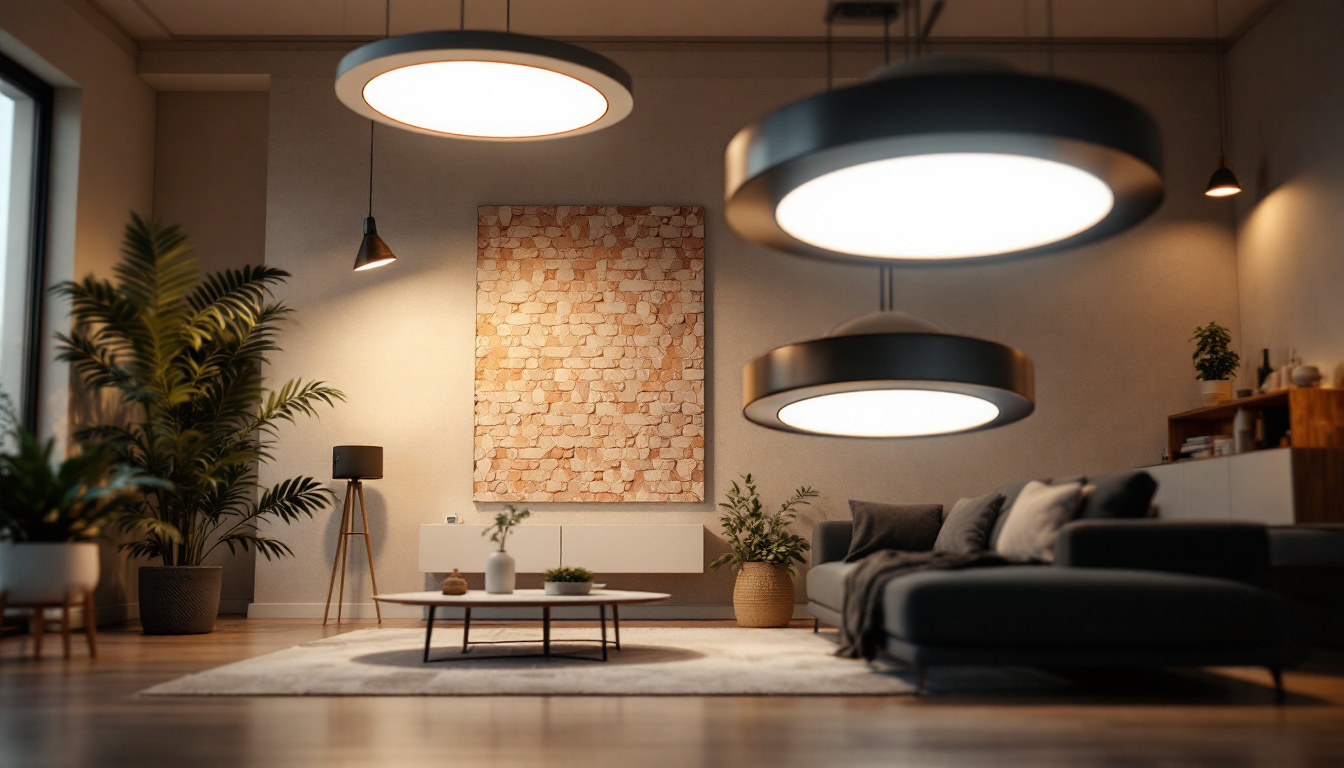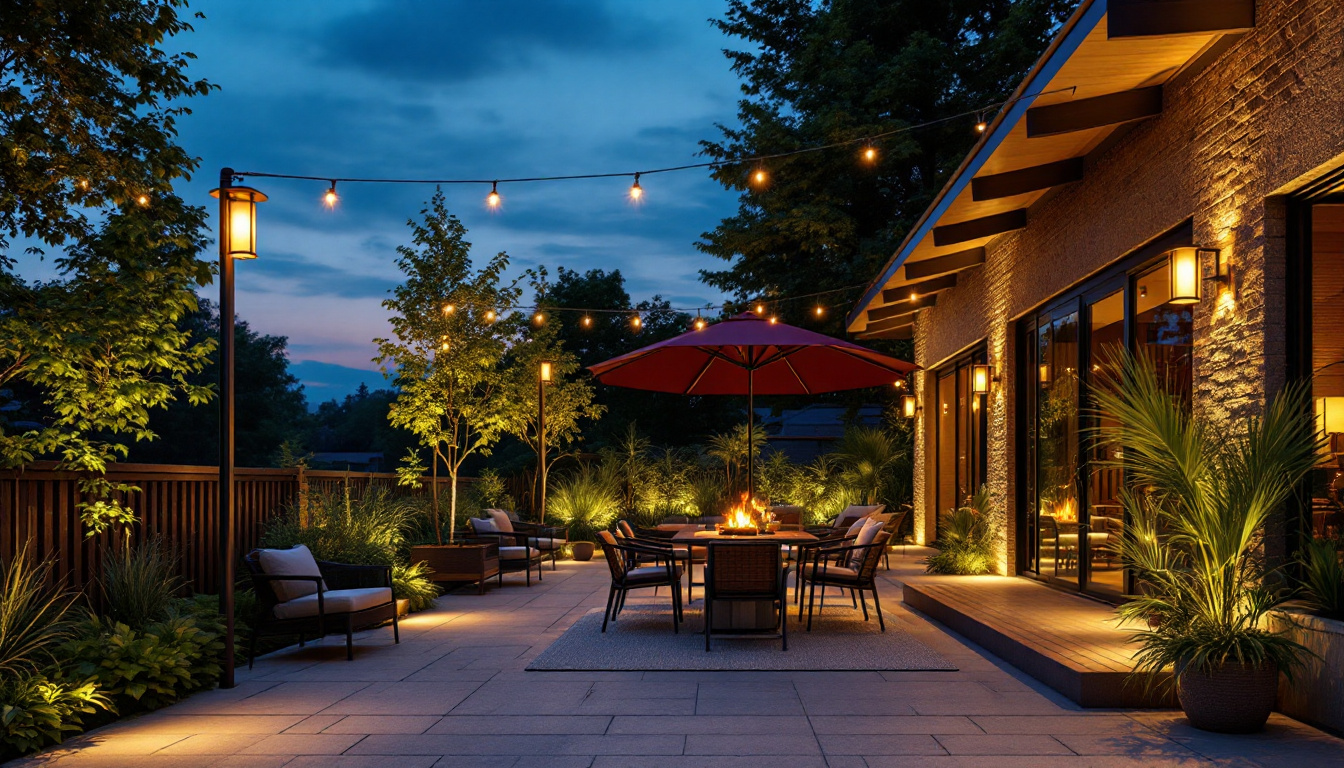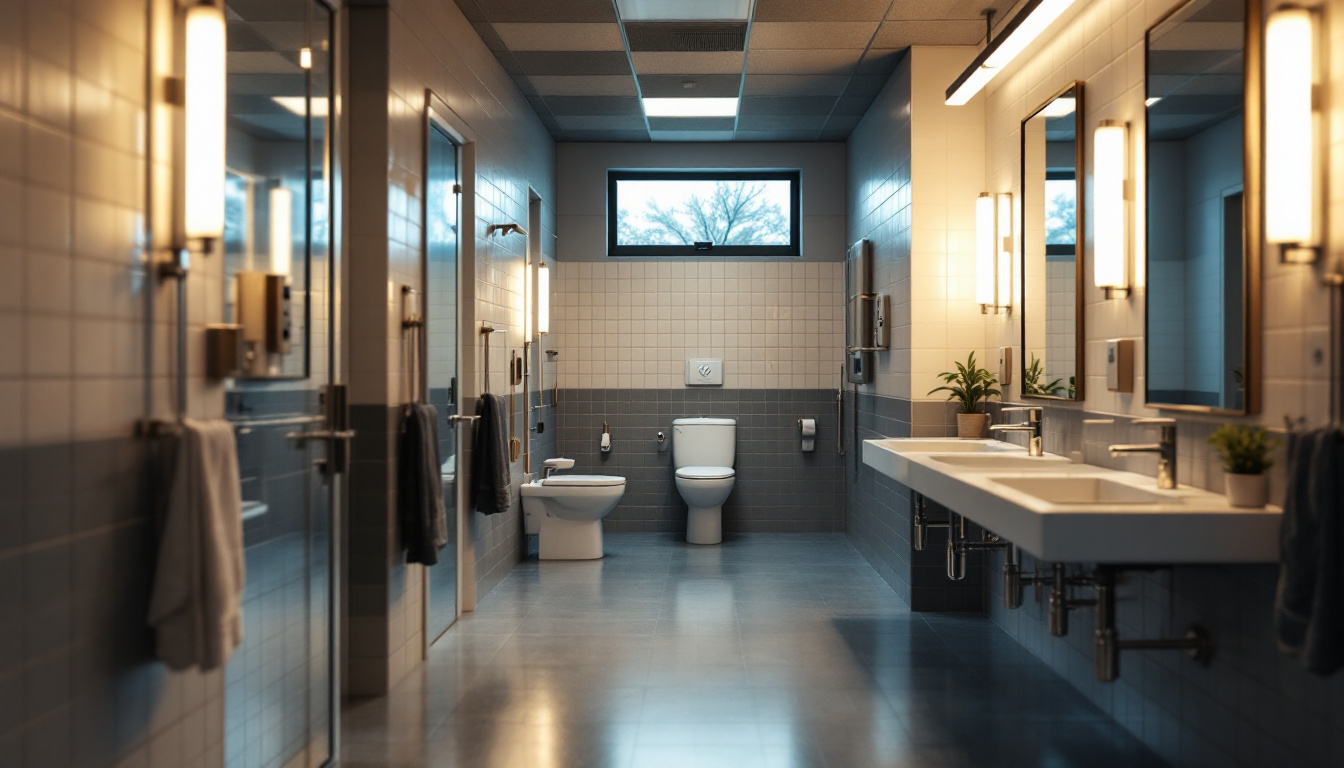
Recessed lighting has become a staple in modern interior design, offering a sleek and unobtrusive way to illuminate spaces. For lighting contractors, mastering recessed lighting fixtures is essential to meet client expectations and create stunning environments. This article explores the top resources available for lighting contractors to enhance their knowledge and skills in this area.
Before diving into resources, it is crucial to understand what recessed lighting is and how it works. Recessed lighting, often referred to as pot lights or can lights, is installed into a hollow opening in the ceiling. This design allows the light to be directed downward, creating a clean and modern aesthetic.
These fixtures can be used for various purposes, including general illumination, task lighting, and accent lighting. Their versatility makes them suitable for different settings, from residential homes to commercial spaces. In residential settings, recessed lighting can be used to create a cozy atmosphere in living rooms or to provide bright, focused light in kitchens and workspaces. In commercial environments, such as offices and retail stores, recessed lights can enhance the shopping experience or improve productivity by ensuring adequate lighting levels.
Recessed lighting fixtures typically consist of three main components: the housing, trim, and bulb. The housing is the part that is installed into the ceiling, while the trim is the visible part that finishes the look. The bulb, which can vary in type, determines the quality and intensity of light emitted.
Understanding these components is essential for contractors, as it allows for better decision-making when selecting fixtures for specific projects. Knowledge of different bulb types, such as LED, halogen, and incandescent, also plays a crucial role in energy efficiency and light quality. For instance, LED bulbs are known for their longevity and low energy consumption, making them a popular choice for eco-conscious consumers. Furthermore, the choice of trim can significantly affect the light distribution and overall aesthetic, with options ranging from baffle trims that reduce glare to adjustable trims that allow for directional lighting.
Recessed lighting offers several benefits that make it a preferred choice for many contractors. One of the primary advantages is its ability to provide a clean and unobtrusive look. Unlike traditional fixtures, recessed lights do not hang down from the ceiling, allowing for a more open and spacious feel.
Additionally, recessed lighting can be strategically placed to highlight architectural features, artwork, or specific areas within a room. This flexibility allows contractors to create customized lighting solutions that enhance the overall design of a space. Moreover, the ability to install dimmer switches with recessed lighting adds another layer of versatility, allowing users to adjust the ambiance according to different activities or moods. This feature is particularly beneficial in multi-functional spaces, where lighting needs may change throughout the day. Furthermore, with advancements in smart home technology, many recessed lighting fixtures can now be integrated into home automation systems, providing users with remote control capabilities and programmable lighting schedules for added convenience and energy savings.
To master recessed lighting fixtures, contractors can turn to various resources that provide valuable information, insights, and tools. These resources range from online platforms to industry publications and training programs.
Online learning platforms have revolutionized the way professionals acquire new skills. Websites like Udemy and Coursera offer courses specifically focused on lighting design and installation. These courses often cover the fundamentals of recessed lighting, including installation techniques, design principles, and energy efficiency considerations.
In addition to formal courses, many platforms provide free resources such as webinars and instructional videos. These can be invaluable for contractors looking to stay updated on the latest trends and technologies in recessed lighting.
Staying informed about industry trends is crucial for lighting contractors. Subscribing to industry publications such as Lighting Design + Application or Architectural Lighting can provide insights into new products, installation techniques, and design ideas. These publications often feature case studies showcasing successful recessed lighting projects, offering inspiration and practical tips.
Moreover, many lighting professionals maintain blogs where they share their experiences, challenges, and solutions related to recessed lighting. Following these blogs can provide real-world insights that complement formal training.
Lighting manufacturers often provide extensive resources for contractors, including installation guides, product specifications, and design tools. Many manufacturers have dedicated sections on their websites where contractors can access technical documents and installation videos.
Additionally, manufacturers frequently host training sessions and workshops, allowing contractors to gain hands-on experience with their products. Building relationships with manufacturers can also lead to valuable insights into upcoming trends and new product releases.
Understanding the proper installation techniques is crucial for ensuring that recessed lighting fixtures perform optimally. Poor installation can lead to issues such as inadequate lighting, flickering bulbs, or even electrical hazards.
Before installation, careful planning is essential. Contractors should consider the purpose of the lighting, the size of the room, and the desired ambiance. A good rule of thumb is to space recessed lights about 4 to 6 feet apart, depending on the height of the ceiling and the wattage of the bulbs used.
Using a lighting layout tool can help contractors visualize the placement of fixtures and ensure even distribution of light. This planning phase is crucial for achieving the desired lighting effect and avoiding costly mistakes during installation.
Electrical safety is paramount when installing recessed lighting. Contractors must ensure that the fixtures are compatible with the existing electrical system and that they adhere to local building codes. This includes using the correct gauge of wire, ensuring proper grounding, and installing appropriate circuit breakers.
Additionally, it is essential to consider energy efficiency when selecting bulbs. LED options are often recommended due to their longevity and lower energy consumption compared to traditional incandescent bulbs.
Once the installation is complete, testing the recessed lighting is crucial. Contractors should check for any flickering, dimming, or uneven lighting. Adjustments may be necessary to achieve the desired effect.
Consideration should also be given to the trim style and finish, as these can affect the overall look and feel of the lighting. Choosing the right trim can enhance the aesthetic appeal while also optimizing light distribution.
Design plays a significant role in the effectiveness of recessed lighting. Contractors must consider various factors to ensure that the lighting complements the overall aesthetic of the space.
The trim of a recessed light fixture can significantly impact both functionality and style. There are various trim styles available, including baffle, reflector, and adjustable trims. Each style serves a different purpose and can create different lighting effects.
For instance, baffle trims are designed to reduce glare, making them suitable for areas where people will be looking directly at the lights. Reflector trims, on the other hand, can enhance brightness and are ideal for task lighting in kitchens or workspaces.
Choosing the right color temperature is essential for creating the desired ambiance in a space. Color temperatures are measured in Kelvin (K), with lower numbers indicating warmer, more inviting light and higher numbers representing cooler, more energizing light. For residential spaces, a color temperature between 2700K and 3000K is often preferred for a warm and cozy feel.
Brightness, measured in lumens, should also be considered. Contractors should calculate the total lumens needed for a space based on its size and purpose. This ensures that the lighting is neither too dim nor overly bright, creating a comfortable environment for occupants.
Effective lighting design often involves creating layers of light to achieve depth and dimension in a space. Recessed lighting can serve as one layer, but it should be complemented with other types of lighting, such as ambient lighting from fixtures or natural light from windows.
By combining different light sources, contractors can create a more dynamic and inviting atmosphere. This layered approach also allows for greater flexibility in adjusting the lighting based on the time of day or specific activities.
Even experienced contractors can make mistakes when it comes to recessed lighting. Being aware of common pitfalls can help avoid costly errors and ensure successful installations.
One of the most common mistakes is either overlighting or underlighting a space. Overlighting can create an uncomfortable glare, while underlighting may leave areas dim and uninviting. Proper planning and calculations regarding lumens and spacing can help achieve the right balance.
It is also essential to consider the purpose of the lighting. For example, task areas such as kitchens may require more focused lighting, while living areas may benefit from softer, ambient light.
ceiling height plays a significant role in the effectiveness of recessed lighting. Installing fixtures too close together in a room with high ceilings can lead to uneven lighting, while fixtures placed too far apart in a low-ceiling room may not provide adequate illumination.
Contractors should take ceiling height into account during the planning phase to ensure optimal placement and spacing of recessed lights.
Finally, neglecting to include dimming options can limit the versatility of recessed lighting. Dimmers allow occupants to adjust the brightness based on their needs and preferences, enhancing the overall functionality of the lighting system.
Incorporating dimmers can also contribute to energy savings, as they allow for reduced power consumption when full brightness is not necessary.
Mastering recessed lighting fixtures is essential for lighting contractors looking to enhance their skills and deliver exceptional results for their clients. By leveraging various resources, understanding installation techniques, and considering design principles, contractors can create stunning lighting solutions that meet the diverse needs of their clients.
As the demand for recessed lighting continues to grow, staying informed about industry trends and best practices will be key to success. By avoiding common mistakes and embracing innovative techniques, lighting contractors can elevate their craft and provide outstanding service in the ever-evolving world of lighting design.
Ready to take your recessed lighting projects to the next level? At LumenWholesale, we provide lighting contractors with the highest quality, specification-grade lighting products at prices that can’t be beaten. Say goodbye to local distributor markups and hello to our extensive selection that adheres to the strictest industry standards. With free shipping on bulk orders, you can stock up on premium lighting essentials without worrying about hidden costs. Elevate your lighting designs with the confidence that you’re getting the best value. Visit LumenWholesale today and discover the ideal combination of quality, affordability, and convenience for all your lighting needs.

Discover the essential guide for lighting contractors on accurately measuring fluorescent bulb length.

Discover the essential guide for lighting contractors on selecting the perfect CFL bulb ballast.

Discover the science behind outdoor lighting and enhance your expertise as a lighting contractor.

Explore the pivotal role of school bathroom lighting in shaping contractors’ projects.